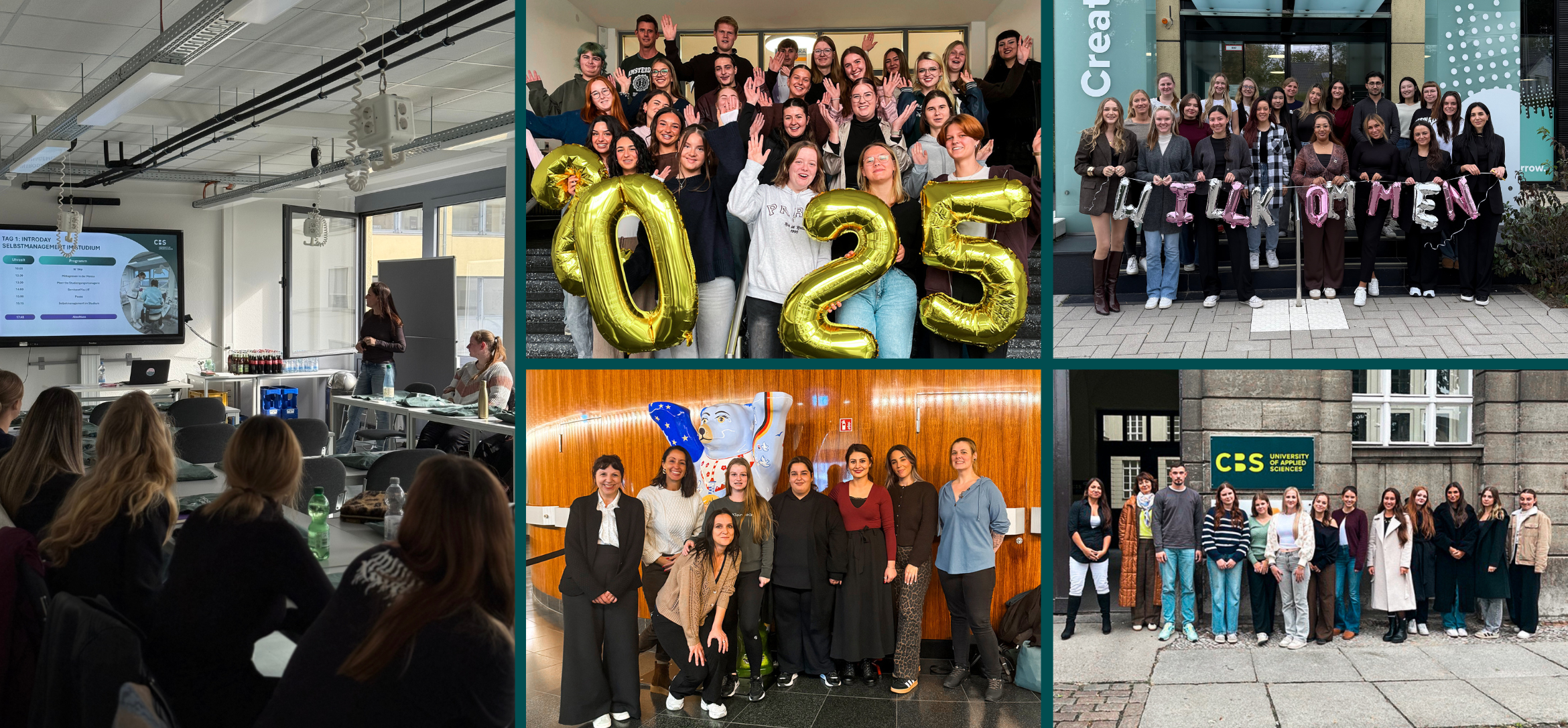
This is no longer a dream of the future. Inductive coupling makes it possible. It exists since the transformer was developed in the 1800s. In 1900 Nikola Tesla got his first patent for inductive charging and laid the technical foundation. Today it is steadily advanced.
What is inductive charging? It is the transfer of electrical energy from one part to the circuit to another. The power is transferred cordless between coils of wire by a magnetic field. When applying this method electronic devices need no charging cable to get recharged.
What is inductive charging?
It is the transfer of electrical energy from one part to the circuit to another. The power is transferred cordless between coils of wire by a magnetic field. When applying this method electronic devices need no charging cable to get recharged.
Standard Battles
Critics are stating that various companies are fighting about wireless charging standards. There are three dominant standards on the market. The Closed Couples Qi Standard was developed by the Wireless Power Consortium (WPC) in 2008 with the goal to establish a common standard.Currently it is most used compared to the other two, as more than 200 companies decided officially to stick to Qi and it is already implemented in more than 1000 different electronic devices.
Nevertheless, the other standards are using different methods of induction, which are unfortunately not compatible with each other. Therefore, companies simply do not include the technology for inductive charging into their products. This results in a slower and harder development for inductive charging as it actually could be. There is a high need to standardize the technology – for consumers and businesses.
What are possible application areas?
Scientists are constantly working on implementing the possibility of inductive coupling in more electronic devices: Electric toothbrushes, razors, trams, trains and RFID tags are some examples where inductive coupling can be useful.
However, especially smartphones and electronic cars are currently application areas where the innovation can be an advantage. For Smartphones it might be rather an incremental and for electronic cars a radical innovation looking at the resulting opportunities.
Smartphones:
The mobile device is simply placed on a charging block and via inductive coupling the battery gets recharged. Wireless charging of mobile devices became an emerging trend in the last years.Even companies like McDonald´s or Starbucks are offering wireless charging points for smartphones in their locations. Also Ikea is integrating such power sources in their furniture.
Electronic Cars:
The car can just be parked over a transmitter pad having implemented the inductive coupling method. Qualcomm, a semiconductor and telecommunications equipment company, is the market leader for the “Charging Pad”. They are also using the Qi technology, but developed it further for electric cars, as cars need more power than Smartphones. Their charger for cars is called “Qualcomm Halo”, it is 65 times 65cm, weighs 15 to 20kg, is very stable and needs to be connected with the power grid. It can be placed in the garage so that the car can be recharged when parking above the pad. Big German automotive companies, like Mercedes, BMW, Audi etc. are planning to implement the technology in their electric cars in 2017 and 2018.
Need for further development
As inductive coupling is a near field technique, it can only be used for short-range power transfer. Qualcomm Halo makes it possible to charge electronic cars even with a higher distance between power source and car by generating a higher frequency, but there is still optimization potential. Optimization would also be helpful for the smartphone because the mobility is extremely limited as the device has to be placed on the pad. Achieving better frequencies will result in shorter charging periods and the possibility to improve smartphone mobility during charging.
Furthermore inductive coupling finally needs to find a common standard in order to increase the innovation development. For that reason more companies, like HTC, LG, Apple,Samsung, Mercedes, BMW, etc. are sticking to Qi as they all want to boost inductive charging.
Opportunities
Generally a higher level of convenience for smartphone and electronic car consumers is achieved, which makes the products more attractive. Especially for the electronic cars this is an essential progress as the industry was not that successful as it was hoped to be. According to Björn Elias, Project manager at Audi, inductive charging has big potential to boost the electric mobility. This would be important for this industry, the environment and also because of the future development that one day cars operated with the limited resources gas or diesel won't exist anymore and people have to drive electronic cars. For that reason the industry is already working on charging while driving. The charging technology should be implemented into the streets, so there would be no concerns anymore about the charging range and the waiting time during charging. It is extremely important to develop the competence enhancing innovation of inductive charging and the infrastructure for electronic cars further as sooner or later the electronic cars will be indispensable.
















